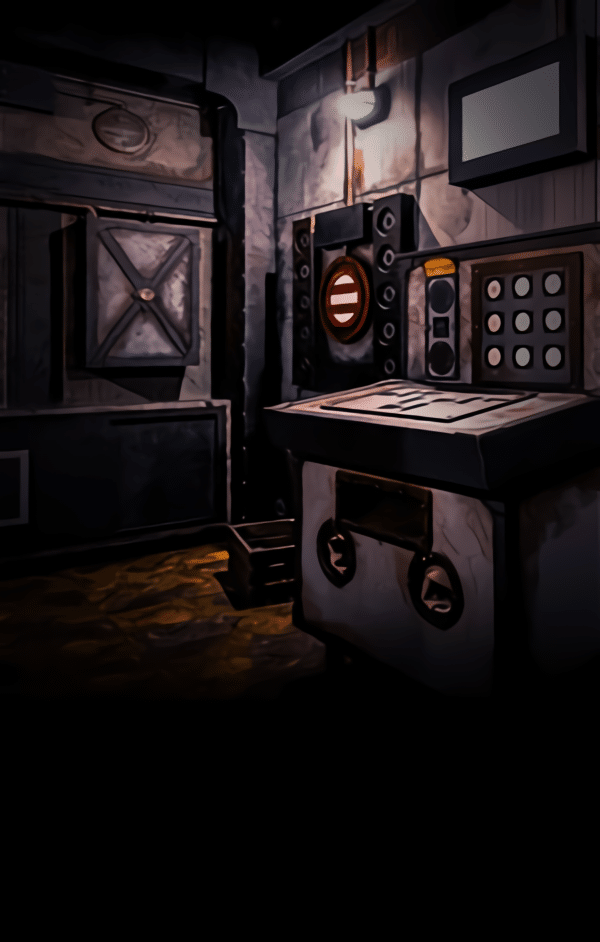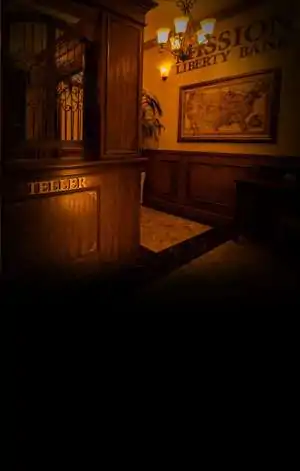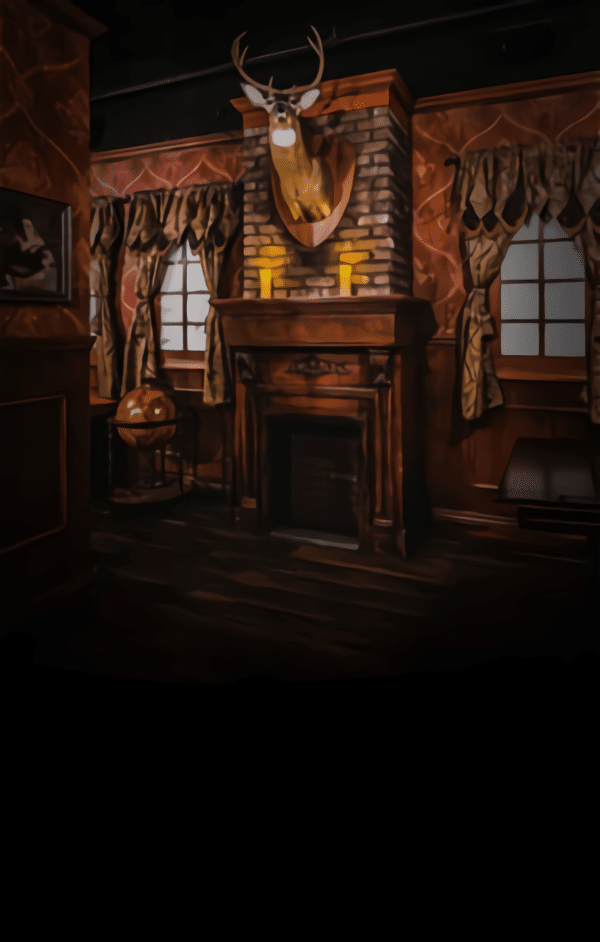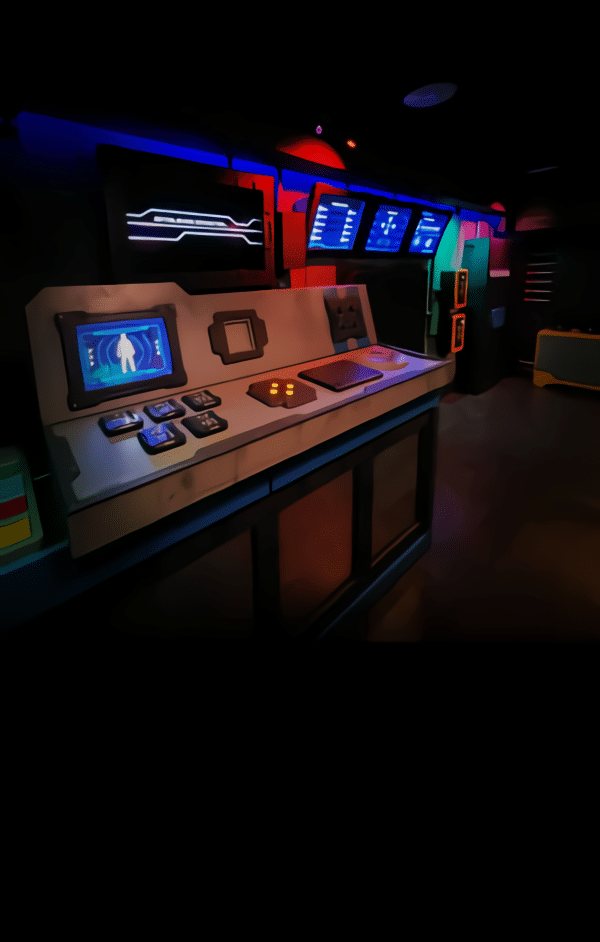Why Atmosphere Matters in Escape Rooms NYC
Escape rooms have transformed from simple puzzle games into full-scale immersive experiences. In a city like New York—known for its world-class entertainment and theatrical innovation—escape rooms must deliver far more than locks, clues, and riddles. Players expect cinematic storytelling, realistic environments, and sensory-rich worlds that pull them directly into the narrative. That’s why many escape rooms nyc incorporate advanced lighting, sound, and atmospheric effects to create unforgettable adventures.
Mission Escape Games remains one of NYC’s top-rated escape room venues thanks to its exceptional environmental design, immersive effects, and film-like production quality. For players looking to explore the best rooms available, you can visit escape rooms nyc to discover themes, difficulty levels, and booking options.
Atmosphere is what elevates an escape room from enjoyable to extraordinary. Lighting, sound, and environmental effects work together to shape mood, build tension, and immerse players in a believable world—making every puzzle feel meaningful and every victory feel earned.
Understanding the Role of Sensory Effects in Escape Rooms
Escape rooms rely on three major sensory elements to set the tone:
-
Lighting
-
Sound
-
Atmospheric effects such as fog, temperature shifts, tactile elements, and environmental props
Each element transforms the narrative into something players can physically feel.
Why Sensory Effects Are Essential
-
They support storytelling
-
They enhance immersion
-
They control emotional pacing
-
They signal important puzzle moments
-
They guide players subconsciously
-
They create dramatic intensity
Escape rooms are essentially interactive theater—and sensory elements are crucial to the performance.
How Lighting Is Used in Escape Rooms NYC
Lighting is one of the most powerful tools in escape room design.
1. Establishing Mood
Lighting determines the room’s emotional tone:
-
Bright lighting = fun, playful adventure
-
Dim lighting = mystery
-
Flashing lights = urgency
-
Soft, warm lighting = fantasy or magic themes
Every escape room theme has a distinct visual “personality.”
2. Highlighting Clues
Lighting can guide players toward:
-
Hidden objects
-
Symbols
-
Locks
-
Wall markings
Spotlights and directional lighting subtly lead players without giving away answers.
3. Controlling Pacing
Lighting changes create emotional waves:
-
A puzzle solved may trigger lights to brighten
-
A new stage may dim the room
-
Transition moments may involve dramatic color shifts
This keeps players engaged and excited.
4. Creating Simulated Environments
Escape rooms simulate various worlds using lighting techniques:
-
Strobe effects mimic lightning
-
Blue lighting creates underwater illusions
-
Red lighting simulates danger or alarms
-
Green lighting adds eerie mystery
Lighting transforms rooms into believable scenarios.
5. Technological Lighting Effects
Many NYC escape rooms use advanced systems such as:
-
LED strips
-
Programmable lighting grids
-
Motion-triggered lights
-
UV or blacklight puzzles
These technological integrations create dynamic environments.
Mission Escape Games is known for using lighting as a storytelling device—seamlessly blending it into every puzzle sequence.
How Sound Enhances Immersion in Escape Rooms NYC
Sound is often the most underestimated but impactful element.
1. Background Music
Music sets mood and atmosphere:
-
Soft orchestral scores build tension
-
Fast-paced tracks increase urgency
-
Chill, ambient music suits calm rooms
Consistent background sound keeps players immersed.
2. Environmental Sound Effects
Escape rooms simulate environments through:
-
Footsteps
-
Whispering voices
-
Animal noises
-
Machinery hum
-
Creaking doors
-
Thunderstorms
-
Wind blowing
These elements deepen the thematic illusion.
3. Narrative Audio Cues
Sound helps progress the story:
-
Voiceovers
-
Recorded messages
-
Character dialogue
-
Clue audio triggers
-
Time warnings
Audio becomes both functional and atmospheric.
4. Puzzle-Triggered Sounds
Some puzzles activate sound effects such as:
-
Unlocking chimes
-
Correct-sequence tones
-
Mechanism movements
-
Hidden door noises
These audio signals reward players and communicate success.
5. Immersive Soundscapes
High-quality escape rooms use layered soundscapes to simulate real locations.
For example:
-
A haunted house may include echoing whispers
-
A spaceship may include low engine rumbles
-
A laboratory may feature beeping equipment
Mission Escape Games uses carefully designed sound environments to create cinematic immersion.
Atmospheric Effects Used in Escape Rooms NYC
Beyond lighting and sound, atmospheric effects add physical dimension:
1. Fog and Smoke Effects
Used to create mystery, drama, or reveal lighting beams.
2. Temperature Adjustments
Heat or cool air simulates real environments:
-
Chilly rooms for arctic themes
-
Warm air for jungle or desert settings
3. Scents and Aromas
Some escape rooms use subtle scents to enhance mood, such as:
-
Musty attic smell
-
Forest aroma
-
Ocean breeze scent
These are rare but extremely immersive.
4. Tactile Elements
Rooms may include:
-
Rope or chain textures
-
Sand, gravel, or artificial grass
-
Stone-like materials
-
Wooden crates and rugged props
-
Soft fabrics or tapestries
Touch deepens immersion dramatically.
5. Mechanical Motion
Advanced rooms may use:
-
Shaking floors
-
Moving walls
-
Tilting platforms
-
Sliding panels
These features simulate action scenes.
6. Interactive Special Effects
Some rooms incorporate:
-
Laser mazes
-
Projection mapping
-
Hidden chambers
-
Motion-triggered surprises
These elements make escape rooms feel like real-life adventures.
Mission Escape Games uses atmospheric effects sparingly but effectively to heighten emotional moments and key story transitions.
How Effects Support Storytelling
All sensory effects ultimately serve one purpose: storytelling.
Effects help tell the story by:
-
Introducing new chapters
-
Signaling danger
-
Revealing key moments
-
Transitioning between rooms
-
Enhancing emotional engagement
For example:
-
A bright light flash might indicate a portal opening
-
Rumbling audio may signal structural collapse
-
A sudden dimming may indicate power failure
Escape rooms are made cinematic through these combined elements.
Combining Lighting, Sound, and Atmosphere Seamlessly
Top escape rooms blend all three sensory elements.
A well-designed room features:
-
Ambient lighting + background audio
-
Lighting transitions + story beats
-
Sound effects synced to puzzle solutions
-
Atmospheric cues supporting narrative
This synchronization makes the experience feel professionally produced—almost theatrical.
Mission Escape Games is known for mastering these immersive techniques in its most popular rooms.
How Escape Rooms NYC Use Effects to Influence Player Emotions
Different sensory combinations evoke specific emotional responses:
1. Suspense
-
Dim lighting
-
Low rumbling audio
-
Subtle fog
-
Slow pacing
2. Excitement
-
Bright flashes
-
Loud celebratory tones
-
Faster music
3. Mystery
-
Blue and purple hues
-
Whispery audio
-
Soft shadows
4. Urgency
-
Countdown sounds
-
Rapid lighting flickers
-
Alarm effects
These emotional triggers heighten engagement and make puzzles feel meaningful.
Effects Used to Guide or Mislead Players
Sensory cues subtly influence player behavior.
Lighting Used for Guidance
Bright areas = significant
Dark areas = optional or misleading
Sound Used for Clue Reinforcement
Sound repetition may indicate importance.
Atmosphere Used for Puzzle Control
For example:
-
Fog may conceal clues until needed
-
Scents may create thematic direction
-
Temperature may influence pacing
Escape rooms manipulate senses intentionally.
Safety Protocols Behind Sensory Effects
While immersive, all effects must follow strict safety rules.
Safety measures include:
-
Non-toxic fog
-
Flame-free lighting
-
No overwhelming audio
-
Controlled electrical systems
-
Emergency overrides
-
No physical strain or shocks
Mission Escape Games ensures effects complement the experience safely.
How Kids and Sensitive Players Experience Effects
Not all players enjoy intense sensory stimulation.
Accommodations may include:
-
Reduced lighting intensity
-
Lower audio volume
-
No jump scares
-
Alternative hint delivery methods
Players can always inform staff of preferences before the game.
Why Sensory Effects in NYC Escape Rooms Are More Advanced
NYC is a competitive market—escape room businesses must innovate.
Reasons for NYC’s advanced effects:
-
High customer expectations
-
Film and theater industry influence
-
Technological advancement
-
Strong creative talent
-
High market competition
Mission Escape Games is known for incorporating Hollywood-style effects.
Design Process Behind Lighting and Sound Systems
Creating a highly immersive escape room takes months.
Steps include:
-
Story creation
-
Puzzle design
-
Sound engineering
-
Lighting programming
-
Theme testing
-
Atmosphere simulations
Teams include:
-
Writers
-
Designers
-
Engineers
-
Audio technicians
-
Lighting specialists
-
Actors for voiceovers
The result is an unforgettable, cohesive experience.
How Effects Adapt to Puzzle Progression
Escape rooms dynamically adjust effects as players progress.
Examples:
-
Solving a key puzzle brightens the room
-
Entering a new area triggers new audio
-
Hidden rooms activate motion-based lighting
Effects make the game come alive.
Mission Escape Games: A Leader in Immersive Effects
Mission Escape Games is one of NYC’s leaders in using sensory effects.
They excel in:
-
High-quality sound design
-
Cinematic lighting sequences
-
Realistic atmospheric elements
-
Advanced technology integration
-
Fluid transitions between puzzles
-
Clear yet immersive storytelling
-
Safe and controlled sensory execution
They craft escape rooms with movie-like quality, making them a top choice in NYC.
Detailed Conclusion
Escape rooms NYC rely heavily on lighting, sound, and atmospheric effects to create immersive, cinematic adventures. These sensory tools help shape the narrative, guide players through puzzles, control emotional pacing, and transform simple rooms into fully realized worlds. By combining subtle lighting cues, richly layered audio, and engaging atmospheric elements, escape rooms deliver exciting experiences that keep players fully immersed from start to finish.
Mission Escape Games stands out in the NYC escape room scene because of their advanced sensory design. Their lighting enhances mystery, their soundscapes create mood and tension, and their atmospheric effects elevate every puzzle and storyline. Whether players want a thrilling adventure, a mysterious investigation, or a sci-fi quest, Mission Escape Games offers a visually, aurally, and emotionally rich environment that feels like stepping into a film.
Escape rooms are no longer just about puzzles—they are immersive sensory experiences. And nowhere is this more evident than in the expertly crafted escape rooms nyc has to offer.
FAQs
1. Are escape rooms too intense because of lighting and sound effects?
Most escape rooms design effects to be immersive, not overwhelming. Sensitive players can request reduced intensity or skip certain effects.
2. Do escape rooms NYC use real fog and smoke?
Some rooms use non-toxic theatrical fog or haze to enhance atmosphere, but safety is always prioritized.
3. Are the effects safe for children?
Yes. Family-friendly rooms use gentle lighting and sound effects suitable for younger audiences.
4. Can lighting help solve puzzles?
Absolutely. Lighting often highlights clues, reveals hidden markings, or signals puzzle transitions.
5. Do escape rooms use loud sound effects?
Some rooms include dynamic audio, but volume stays within safe limits. Players may request adjustments if needed.
Read: What is the average time required to complete escape rooms NYC challenges?
Read: What do game masters do before and after your session in escape rooms NYC?









